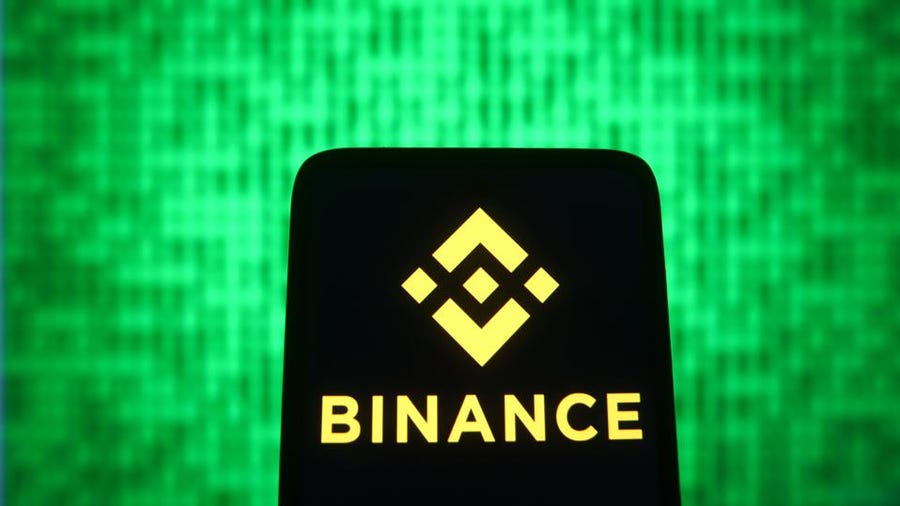Binance Futures Listings Trigger Massive Sell-Off for AI Tokens
07.02.2025 15:00 2 min. read Kosta Gushterov
AI-focused cryptocurrencies have faced a brutal downturn following their introduction to Binance’s perpetual futures market, reigniting concerns over the influence of derivatives trading on smaller digital assets.
Ai16z, which hit a high of $2.42 at the beginning of January, has since nosedived by over 84%, now sitting at just $0.38. Venice Token (VVV) has suffered a similar fate, plunging from $18 in late January to around $5.82, marking a 67% decline.
The situation escalated after Binance launched perpetual futures for ai16z shortly before its affiliated DAO rebranded as ElizaOS. Not long after, the exchange introduced similar futures for VVV, the token powering the AskVenice AI ecosystem.
Some market analysts argue that these listings have had devastating effects. Ilya Paveliev, co-founder of Arete Capital, believes perpetual futures have turned into a tool for aggressive short-selling rather than fostering organic price movement. He claims that traders exploit these derivatives to push prices lower while offloading their spot holdings.
Unlike traditional spot trading, perpetual futures allow traders to wield significant influence over market trends with relatively little capital. Paveliev suggests that this creates an environment where large investors can force prices down, while market makers—who typically help stabilize assets—withdraw support once a listing goes live.
Additionally, he criticizes Binance’s approach, arguing that the platform prioritizes hype-driven narratives, such as AI and meme coins, instead of fundamentals. By listing perpetual futures for tokens with limited liquidity, the exchange allegedly amplifies volatility, exposing retail investors to heightened risks.
-
1
Cardano Surges Past $0.74 — Is a $1 Rally Next?
13.07.2025 18:00 2 min. read -
2
Grayscale Reveals Which Altcoins Are Next in Line for Onclusion
11.07.2025 10:00 1 min. read -
3
Arthur Hayes Predicts Monster Altcoin Season: Here is Why
12.07.2025 10:46 1 min. read -
4
Ethereum Sparks Altcoin Season as FOMO Shifts Away From Bitcoin
17.07.2025 18:30 2 min. read -
5
SOL Price Tests Key Level: Can a Weekly Close Above $170 Trigger a Bull Run?
12.07.2025 16:20 2 min. read
Fartcoin Price Prediction: Trader Expects Big Bounce as FARTCOIN Nears $1
Fartcoin (FARTCOIN) has gone down by 17.3% in the past 24 hours and currently sits at $1.14. As the token approaches $1, one trader favors a bullish Fartcoin price prediction. DevKhabib, a pseudonymous trader whose X account is followed by nearly 46,000 users, says that he expects a big bounce off the $1 support after […]
Whale Activity Spikes as Smart Money Eyes Reversal Zones
Amid current market volatility, blockchain analytics firm Santiment has reported a notable rise in whale activity targeting a select group of altcoins.
Binance to Launch PlaysOut (PLAY) Trading on July 31 With Airdrop
Binance has officially announced the launch of PlaysOut (PLAY), a new token debuting on Binance Alpha, with trading scheduled to begin on July 31, 2025, at 08:00 UTC.
Cboe BZX Files for Injective-based ETF Alongside Solana Fund Proposal
The Cboe BZX Exchange has submitted a filing with the U.S. Securities and Exchange Commission (SEC) seeking approval for a new exchange-traded fund (ETF) that would track Injective’s native token (INJ).
-
1
Cardano Surges Past $0.74 — Is a $1 Rally Next?
13.07.2025 18:00 2 min. read -
2
Grayscale Reveals Which Altcoins Are Next in Line for Onclusion
11.07.2025 10:00 1 min. read -
3
Arthur Hayes Predicts Monster Altcoin Season: Here is Why
12.07.2025 10:46 1 min. read -
4
Ethereum Sparks Altcoin Season as FOMO Shifts Away From Bitcoin
17.07.2025 18:30 2 min. read -
5
SOL Price Tests Key Level: Can a Weekly Close Above $170 Trigger a Bull Run?
12.07.2025 16:20 2 min. read


